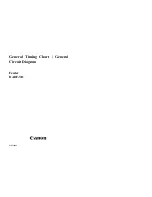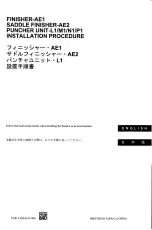
12
13
Deutsch
Thank you for choosing a CASCO helmet. The CASCO firefighters‘ helmet from the PF 1000 range has been
developed in Germany specifically for increased thermal load. Firefighters‘ helmets are personal protective
equipment (PPE category 3: helmets for use in hot environments of 100 °C and above, with or without infra-
red radiation, flames or large jets of melted material) and contribute to preventing head injuries, or at least
significantly minimising them. Please take time to read the following information and to adjust your helmet.
This is for your safety and maximum comfort.
USERS INSTRUCTIONS FOR PF 1000 SERIES
CERTIFICATIONS
PF 1000 Extreme meets the high standard DIN EN 443:2008 Typ B
(https://standards.cen.eu & www.beuth.de)
PF 1000 R meets the high standard DIN EN 443:2008 Typ A
(https://standards.cen.eu & www.beuth.de)
The helmet complies with the requirements of Regulation (EU) 2016/425
Link to Declaration of Conformity:
http://casco-helme.de/en/content/safety.php
INTENTION OF USE
The PF1000 firefighting helmet series is designed for fire-fighting purposes in buildings and other building
structures, for search and rescue operations, for work in conjunction with road traffic accidents. Generally
speaking, for all those areas of operation attributed to the work of a fireman.
All other uses are excluded and CASCO takes no liabilty.
Head band (7)
Inner shell (8)
Strap holder (9)
Strap buckle (13)
Vario-Disk-Fit™
with magnet
protection flap (11)
Safety screws (10)
Integrated neck support (12)
Fig. 1
Fig. 2
Hard shell (1)
Leather neck
protection (3)
Chin strap (6)
Flashlight (2)
Visor (5)
Flashlight holder (4)
Turn the dial lock anti-clockwise
until the head band is fully open.
Put the helmet on and turn the dial
lock clockwise until the helmet
is sitting comfortably and firmly
(Fig. 3.3).
NECK STRAP ADJUSTMENT
This is a one-off adjustment to be carried out before initial wear. Adjust the length of the strap above the adjust-
ment mechanism (metal slide buckle), until the strap is comfortably positioned against the neck without covering
the ear (Fig. 6.1-6.2). The strap is fed through the back of the helmet by means of diffuser from within. By pulling
down on the left or right strap section, the strap length can be evenly regulated (Fig. 6.3).
By placing the pin in the front opening, the size is reduced, by placing the pin in the back opening, the size is
enlarged. Helmets are delivered ex-factory in the mid-size position.
Fig. 4
Fig. 3.2
HEAD SIZE ADJUSTMENT
The head ring (Fig. 3.1/3.2) can be adjusted to the correct head size by means of the 4 adjustable pin settings
in the left/right temple area and the Vario-Disk-fit™ turning clasp in the neck (Fig. 3.3). For the size spectrum:
52–64 cm only one helmet shell size is needed.
NECK HEIGHT ADJUSTMENT
The neck cushion height is also adjustable. By lightly
applying excess pressure whilst pushing the neck
cushion up or down, the neck cushion height can be
more comfortably re-positioned (Fig.4).
FOREHEAD ADJUSTMENT
The whole of the front section of the two-part head ring
can be released and re-adjusted up or down according
to head size and forehead shape (Fig. 5).
Fig. 5
Fig. 6.1
Fig. 6.2
Fig. 3.3
Fig. 6.3
Fig. 3.1
English
Summary of Contents for 08.2046.50
Page 84: ...166 167 ...








































